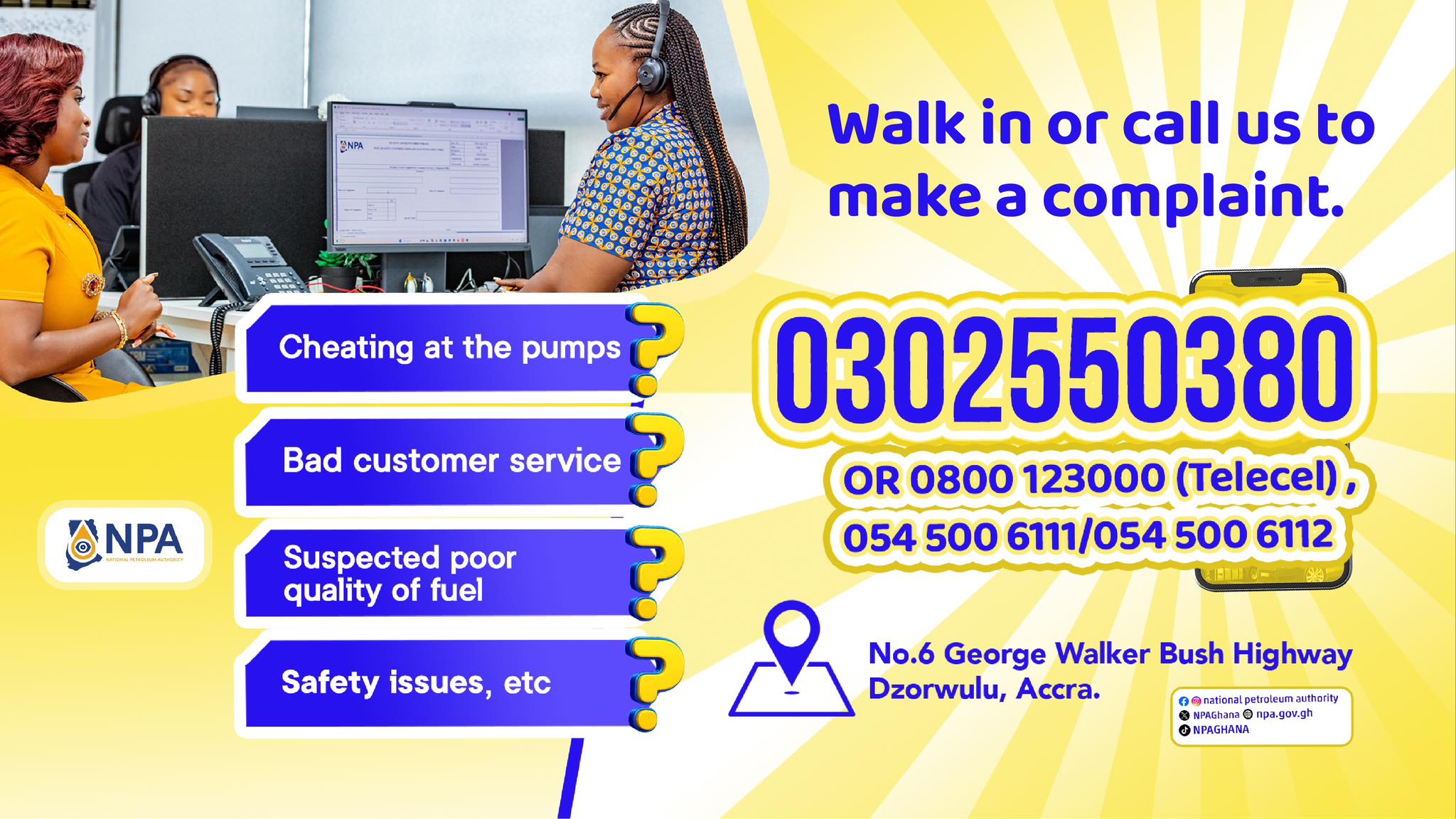South Africa’s power utility company, Eskom has applied to the National Electricity Regulator of South Africa (NERSA) for a review of its tariff structures before opening up South Africa’s electricity market.
According to a report by mybroadband.co.za, the power utility is preparing for the implications of its unbundling — including the National Transmission Company South Africa (NTCSA) coming into operation in July.
“We’ve learned a lot from our journey on transmission into NTCSA. We would then take that on board as we embark on the distribution unbundling.
“But the [ERA Bill] is also clear on the TSO [transmission system operator] eventually migrating towards a market.”
“It’s important that the regulator is aligned to the ERA Bill, and my understanding is it does allow the regulator to have some transition mechanisms that they would have to announce,” Eskom CFO Calib Cassim Eskom said as carried by mybroadband.co.za.
Cassim said the focus of Eskom’s new application is to help the National Energy Regulator of South Africa (NERSA) more clearly separate the revenues and costs between the different unbundled Eskom companies.
This includes determining where fixed costs and variable costs will reside between the new companies.
“If we look at our current fixed-cost/variable-cost split, it’s probably about fixed-cost 70% [and] 30% variable,” said Cassim.
“But in the tariff structure, we are charging more than 70% linked to the energy, and 30% fixed. So you see the switch that needs to happen, and it can’t happen overnight.”
Eskom tariff pain
Tariffs are a touchy topic for South Africans, who are projected to pay over five times more for electricity in 2025 than they did in 2010.
Nato Oosthuizen, partner and renewable energy expert at BDO, noted that this is due to Eskom implementing many above-inflation tariff increases while performance has declined.
Oosthuizen said pricing challenges are only set to become a bigger problem due to reduced demand for Eskom’s electricity from households, who can turn to alternative energy sources, and the introduction of Independent Power Producers to serve some of Eskom’s biggest clients.
Furthermore, a study by South African Reserve Bank economists Zaakirah Ismail and Christopher Wood last year found that electricity has become more expensive in South Africa due to Eskom’s growing debt financing costs.
Ismail and Wood found Eskom’s finance costs more than doubled in the past decade.
In contrast, said the experts, the utility’s other costs have increased slightly above inflation.
Between 2007 and 2021, Eskom spent R680 billion and achieved generally poor results on major projects — like returning three end-of-life power stations to service, developing two additional peaking plants, and constructing Medupi and Kusile.
Source: https://energynewsafrica.com
Discover more from Energy News Africa
Subscribe to get the latest posts sent to your email.



